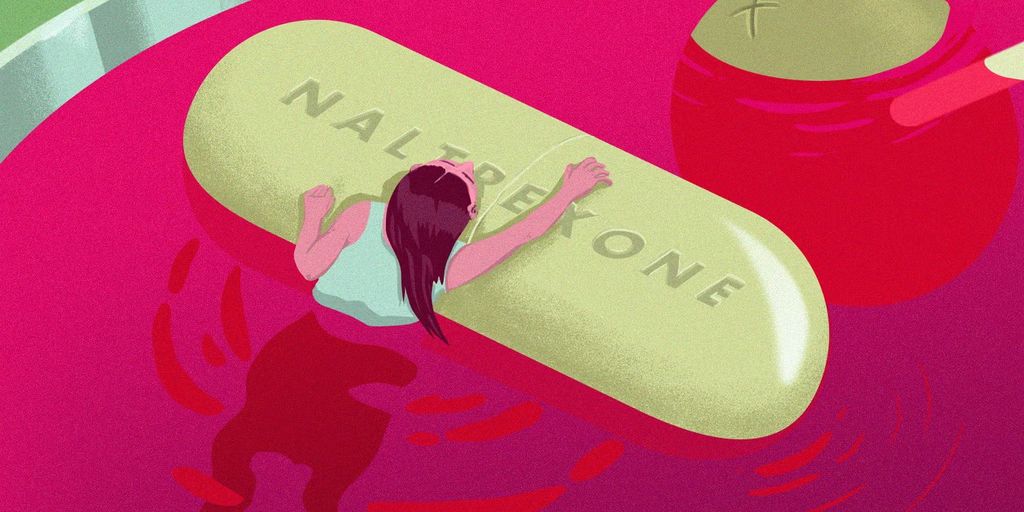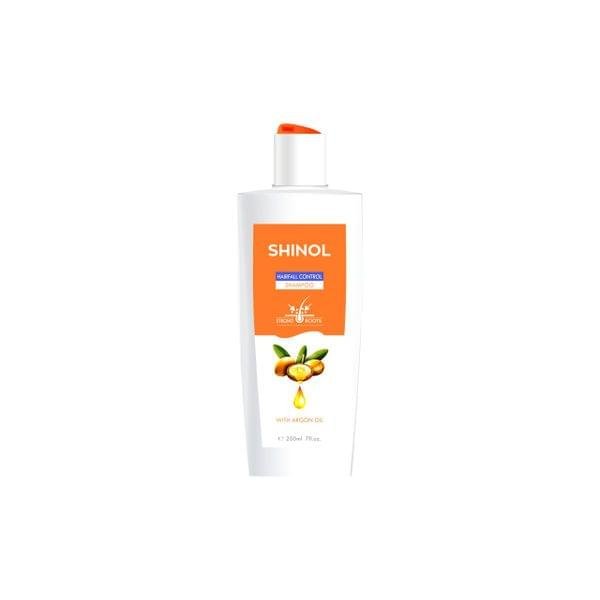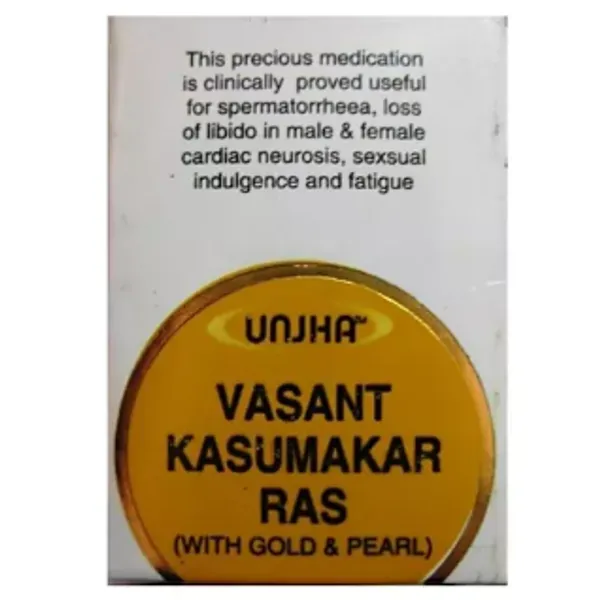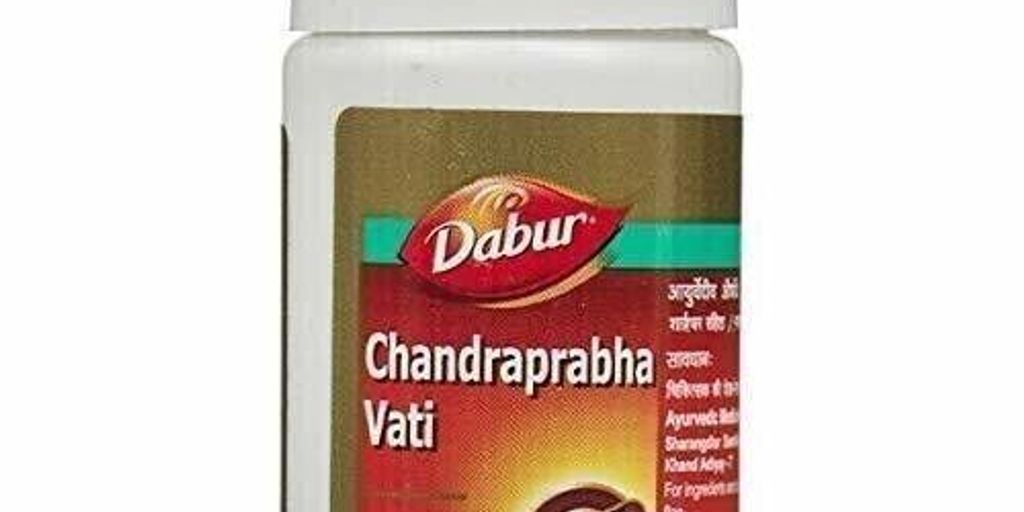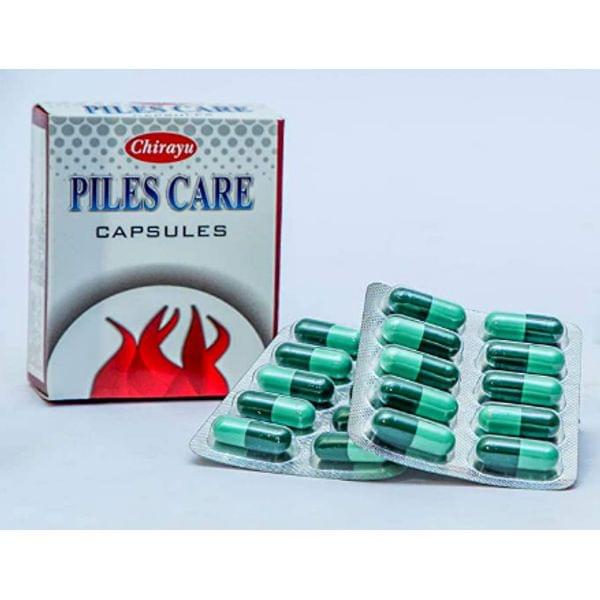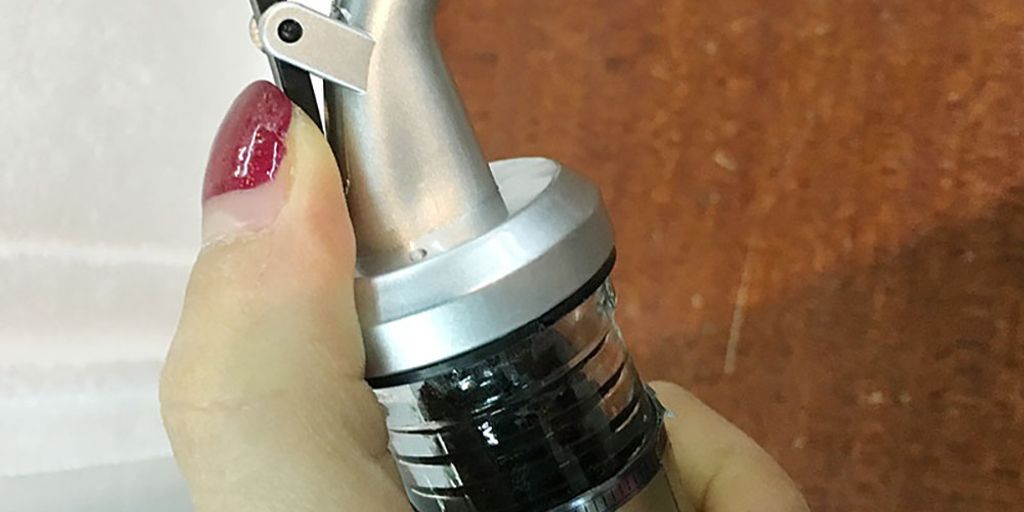Dry eyes can be more than a mere inconvenience; they can significantly impact one’s quality of life, causing discomfort and sometimes even affecting vision. In the quest for relief, eye drops emerge as a frontline remedy. Our comprehensive guide, ‘Soothing Relief: Unveiling the Most Effective Eye Drops for Dry Eyes,’ delves into the nuances of Dry Eye Syndrome, explores the different types of eye drops available, and highlights the key ingredients that make for an effective treatment. We also consider the influence of lifestyle and environmental factors on eye health and provide insights on how to navigate the market to find the eye drops that best suit your needs.
Key Takeaways
- Understanding the causes and symptoms of Dry Eye Syndrome is crucial for selecting the appropriate treatment and eye drops.
- There is a diverse range of eye drops for dry eyes, including artificial tears, preservative-free options, and gel drops, each catering to different severities of dryness.
- Effective eye drops often contain lubricants, electrolytes, and viscosity agents that mimic natural tears and help restore the eye’s surface.
- Lifestyle and environmental factors such as diet, screen time, and air quality play a significant role in the health of our eyes and can influence the effectiveness of eye drops.
- It’s important to read labels, compare brands, and consult with eye care professionals to choose the right eye drops and ensure optimal eye health.
Understanding Dry Eye Syndrome
Causes and Symptoms
Dry Eye Syndrome (DES) is a multifactorial condition that affects the tears and the surface of the eye, leading to discomfort, visual disturbance, and tear film instability with potential damage to the ocular surface. The primary causes of DES include aging, hormonal changes, and environmental factors such as prolonged exposure to screens or air conditioning. Additionally, certain medications and medical conditions, like autoimmune diseases, can exacerbate symptoms.
Symptoms of DES can range from mild to severe and typically include a stinging or burning sensation, a gritty feeling as if something is in the eye, episodes of excess tears followed by very dry eye periods, and redness of the eyes. Patients may also experience blurred vision or eye fatigue. Here’s a brief overview of common symptoms:
- Stinging or burning sensation
- Gritty feeling
- Redness of the eyes
- Blurred vision
- Eye fatigue
It’s important to recognize that symptoms can be intermittent and may be exacerbated by certain activities or environments, such as reading, using a computer, or being in a windy, dry climate.
Impact on Daily Life
Dry eye syndrome can significantly affect a person’s quality of life. Daily activities, such as reading, driving, or using a computer, can become uncomfortable or even painful. This discomfort can lead to a reduction in productivity and an avoidance of activities that require sustained visual attention.
- Difficulty with nighttime driving due to glare
- Increased eye fatigue during the day
- Need for frequent breaks when engaging in visual tasks
The constant need for eye drops can also be inconvenient, especially for individuals with busy lifestyles or those who travel frequently. Moreover, the persistent sensation of dryness and irritation can contribute to stress and fatigue, compounding the overall impact on well-being.
When to Seek Medical Advice
While many individuals find relief from dry eye symptoms using over-the-counter treatments such as artificial tears, there are circumstances where medical advice is necessary. If your symptoms persist or worsen despite regular use of over-the-counter products, it’s crucial to consult with a healthcare professional.
Persistent discomfort or vision impairment due to dry eyes should not be overlooked. The following list outlines situations when you should consider seeking medical advice:
- You experience persistent symptoms even after using over-the-counter eye drops.
- Your dry eye condition interferes with daily activities.
- You notice significant changes in your vision.
- Symptoms are accompanied by pain or redness that does not resolve.
It is essential to address these concerns promptly to prevent any potential complications and to ensure the health and comfort of your eyes.
Types of Eye Drops for Dry Eyes
Artificial Tears
Artificial tears are the frontline treatment for dry eye syndrome, providing immediate relief by mimicking the properties of real tears. They help maintain moisture on the outer surface of your eyes, making them an essential tool for anyone suffering from dryness and discomfort.
Artificial tears come in a variety of formulations, with some designed for mild dry eye symptoms and others tailored for more severe conditions. It’s important to understand the differences to choose the most suitable option:
- Preservative-free drops: Ideal for frequent use or those with sensitive eyes.
- With preservatives: Good for occasional use; preservatives help extend shelf life.
- Enhanced formula drops: Contain additional ingredients like electrolytes or viscosity agents.
Remember, while artificial tears provide relief, they do not cure dry eye syndrome. Consistent use is key to managing symptoms effectively.
When selecting artificial tears, consider the severity of your symptoms and whether you have sensitivities to certain preservatives or components. Consulting with an eye care professional can help you make an informed choice.
Preservative vs. Preservative-Free
When choosing eye drops for dry eyes, one critical decision is whether to opt for preservative or preservative-free formulas. Preservatives are added to eye drops to prolong shelf life and prevent microbial growth. However, they can cause irritation, especially with frequent use or in individuals with sensitive eyes.
Preservative-free eye drops are recommended for those with moderate to severe dry eye symptoms or for users who apply eye drops more than four times a day. These drops come in single-use vials or in special containers designed to keep the drops sterile without the need for preservatives.
It’s essential to consider the severity of your symptoms and frequency of use when deciding between preservative and preservative-free eye drops.
Here’s a quick comparison to help you understand the differences:
- Preservative Eye Drops
- Longer shelf life
- Convenient for occasional use
- Risk of irritation with frequent use
- Preservative-Free Eye Drops
- Recommended for frequent use
- Minimized risk of irritation
- Often come in single-use vials or special containers
Gel Drops and Ointments
For those suffering from severe dry eye symptoms, gel drops and ointments may offer the extended relief needed. Unlike their liquid counterparts, these products have a thicker consistency, providing a protective layer that retains moisture for a longer period. This can be particularly beneficial during the nighttime when the eyes are prone to drying out.
Gel drops are designed for daytime use and have a less viscous texture, allowing for comfortable vision without significant blurring. Ointments, on the other hand, are best applied before sleep due to their heavy consistency, which can cause temporary vision impairment.
It’s important to note that while gel drops and ointments can provide substantial relief, they should be used as directed to avoid any potential side effects.
When considering these options, it’s essential to understand their application and frequency of use. Here’s a simple list to guide you:
- Apply gel drops during the day as needed, typically not more than once every hour.
- Use ointments at night, applying a small amount in the lower eyelid.
- Always follow the product’s instructions or your doctor’s recommendations.
Key Ingredients in Effective Eye Drops
Lubricants and Emollients
The cornerstone of effective dry eye treatment lies in the use of lubricants and emollients. These substances mimic the eye’s natural moisture, providing immediate comfort and long-lasting protection. The primary goal is to create a stable tear film, which reduces the symptoms of dryness and irritation.
- Lubricants such as hyaluronic acid and glycerin are common and work by retaining water on the eye’s surface.
- Emollients, including oils and lipids, help to prevent the evaporation of tears, maintaining hydration for longer periods.
The right balance of lubricants and emollients can significantly enhance the quality of life for individuals suffering from dry eye syndrome by ensuring that the eyes remain moist and comfortable throughout the day.
Electrolytes and Essential Ions
The presence of electrolytes and essential ions in eye drops plays a crucial role in maintaining the health of the ocular surface. These components are vital for hydrating the eyes and supporting the natural tear film.
Electrolytes such as sodium, potassium, and magnesium are important for cellular function and fluid balance in the eyes. They help to mimic the composition of natural tears, providing comfort and relief to dry eyes.
- Sodium: Helps with fluid balance and nerve transmission.
- Potassium: Essential for cell function and tear film stability.
- Magnesium: Supports overall eye health.
By replenishing these essential ions, eye drops can help to restore the eye’s natural environment, promoting healing and reducing symptoms of dryness.
Viscosity Agents
Viscosity agents are crucial in eye drops for dry eyes as they increase the solution’s thickness, allowing for longer contact time with the eye’s surface. This prolonged contact enhances the moisturizing effect and provides more lasting relief.
Common viscosity agents include carboxymethylcellulose, hydroxypropyl methylcellulose, and hyaluronic acid. Each of these has a unique impact on the eye drop’s texture and performance:
- Carboxymethylcellulose: Offers moderate viscosity and is effective in retaining moisture.
- Hydroxypropyl methylcellulose: Provides a smoother feel and can help in evenly spreading the solution across the eye.
- Hyaluronic acid: Known for its high viscosity and exceptional hydrating properties.
While the right viscosity can significantly improve comfort, too much can lead to blurriness or discomfort. It’s important to find a balance that provides relief without adverse effects.
When selecting eye drops, consider the type of viscosity agent used and how it might affect your experience. A well-chosen viscosity agent can make a substantial difference in the comfort and effectiveness of the eye drops for managing dry eye symptoms.
The Role of Lifestyle and Environment
Diet and Hydration
Maintaining a balanced diet and staying well-hydrated are crucial for overall health, and they play a significant role in the health of your eyes as well. Adequate hydration is essential to maintain the natural tear film that protects and lubricates the eyes. Without sufficient fluid intake, the eyes can become more susceptible to dryness.
Omega-3 fatty acids, found in fish, flaxseeds, and walnuts, are known to support eye health. Including these nutrients in your diet can help alleviate symptoms of dry eyes. Here’s a simple list of hydrating foods that can contribute to eye health:
- Cucumbers
- Celery
- Watermelon
- Oranges
Remember, what you eat and drink can have a direct impact on your eye health. Ensuring a diet rich in hydrating foods and essential nutrients is a proactive step towards managing dry eye symptoms.
Screen Time and Eye Strain
In the digital age, prolonged exposure to screens is an inevitable part of daily life. Excessive screen time is a significant contributor to dry eye symptoms due to reduced blinking rates, which can lead to faster tear evaporation. It’s essential to take regular breaks using the 20-20-20 rule: every 20 minutes, look at something 20 feet away for at least 20 seconds.
Ergonomics also play a crucial role in minimizing eye strain. Ensure that your screen is at eye level and about an arm’s length away. Adjusting the brightness and contrast to comfortable levels can also help reduce eye fatigue.
Maintaining a conscious effort to blink more frequently while using digital devices can provide relief from the discomfort associated with dry eyes.
While not a substitute for medical treatment, certain over-the-counter eye drops can offer temporary relief. For instance, Cineraria Maritima Eye Drops are known for their natural care properties, promoting eye health. Remember to always wash your hands before application, tilt your head back, and consult a doctor for proper usage.
Humidity and Air Quality
Maintaining optimal levels of humidity in your environment can play a significant role in alleviating the discomfort of dry eyes. A 2018 study suggests that controlled humidity of between 40–60% is optimal for sleep, which can also imply benefits for those suffering from dry eyes, especially during the night.
The use of humidifiers can be particularly beneficial in enclosed spaces where air tends to be drier. By adding moisture to the air, humidifiers can help maintain a more comfortable level of humidity, potentially reducing the symptoms of dry eyes.
It’s also important to consider the quality of the air you’re exposed to. Pollutants and allergens can exacerbate dry eye symptoms. Therefore, using air purifiers to remove these irritants from the air can be as crucial as maintaining the right humidity levels. In environments with controlled air quality, individuals may notice a significant reduction in dry eye symptoms.
Navigating the Market: Choosing the Right Product
Reading Labels and Understanding Formulations
When selecting eye drops for dry eyes, it’s crucial to read labels carefully to understand the formulation of the product. The ingredients list can provide insight into the effectiveness and potential irritants that may exacerbate dry eye symptoms.
Active ingredients are the heart of the eye drops’ formulation. Look for lubricants like carboxymethylcellulose or hyaluronic acid, which help to mimic natural tears. Additionally, pay attention to the presence of preservatives, which can cause irritation for some users, especially with long-term use.
It’s important to note that ‘natural’ does not always mean safer or more effective. Evaluate each component based on its merits and your specific needs.
Here’s a simple list to guide you through the key elements to check on the label:
- Lubricants/Emollients: Provide moisture and comfort.
- Preservatives: Ensure longer shelf life but may irritate.
- Electrolytes: Help maintain healthy corneal surface.
- Viscosity agents: Increase the thickness for longer-lasting relief.
- Expiration date: Using eye drops past this date can be harmful.
Understanding the formulation will help you make an informed decision and select the most suitable eye drops for your condition.
Brand Comparisons and Reviews
With a plethora of eye drop brands on the market, it can be overwhelming to choose the one that best suits your needs. Brand reputation and user reviews play a crucial role in informing your decision. It’s important to consider both professional recommendations and consumer experiences when comparing products.
Consumer reports and online forums are valuable resources for understanding how different brands perform in real-world conditions. For instance, a review titled ‘The 11 Best Eye Drops to Relieve Dry Eyes’ by Health magazine may highlight a product like Systane Complete PF Eye Drops as ‘Best Overall’, indicating a high level of satisfaction among users.
When evaluating eye drops, focus on the specific benefits each brand offers. Some may excel in providing long-lasting moisture, while others might be favored for their fast-acting relief.
Remember, the best eye drop for you is one that addresses your particular symptoms effectively and aligns with your lifestyle. Consulting with eye care professionals can also guide you towards the right choice.
Consulting with Eye Care Professionals
When navigating the complex market of eye drops for dry eyes, consulting with eye care professionals can provide clarity and direction. Eye doctors have the expertise to recommend products that are tailored to your specific needs and eye health history. They can also advise on the correct usage and frequency to ensure maximum effectiveness and safety.
Eye care professionals can help decipher the myriad of ingredients and formulations, guiding you towards eye drops that will offer the most relief. It’s important to discuss any ongoing medications or medical conditions that could interact with over-the-counter eye drops.
- Discuss your specific symptoms and concerns
- Get recommendations for eye drops based on your condition
- Learn about proper application and usage
Remember, the goal is to find a product that not only alleviates dry eye symptoms but also supports the long-term health of your eyes.
In the ever-evolving marketplace, finding the right product that meets your specific needs can be a daunting task. At Swasthyashopee, we simplify this process by offering a wide range of authentic Ayurvedic medicines and personal care products to ensure your health and wellness. Whether you’re looking to balance your doshas or seeking remedies for common ailments, our curated selection has you covered. Don’t navigate this journey alone; visit our website today and take the first step towards a healthier you. Your path to well-being is just a click away!
Conclusion
In the quest for the most effective eye drops for dry eyes, we’ve explored a variety of options tailored to different needs and preferences. From preservative-free formulas for sensitive eyes to advanced lubricating agents for severe dryness, the right choice can significantly improve your comfort and eye health. It’s important to consult with an eye care professional to determine the underlying cause of your dry eyes and to ensure that you select an eye drop that aligns with your specific condition. Remember, while over-the-counter eye drops can offer immediate relief, they are not a substitute for professional medical advice. Take care of your eyes, and they will continue to be the windows through which you see the beauty of the world.
Frequently Asked Questions
What are the main causes of Dry Eye Syndrome?
Dry Eye Syndrome can be caused by a variety of factors including aging, medical conditions, medications, environmental conditions, and prolonged screen time, which can disrupt the natural tear production or tear film stability.
How can Dry Eye Syndrome affect daily life?
Dry Eye Syndrome can lead to discomfort, such as a gritty or burning sensation, and can impair vision, making daily activities like reading, driving, and using electronic devices challenging.
When should I seek medical advice for dry eyes?
You should consult an eye care professional if you experience persistent symptoms of dry eyes, if there is a significant impact on your quality of life, or if over-the-counter eye drops do not provide relief.
What is the difference between preservative and preservative-free eye drops?
Preservative eye drops contain chemicals to prevent bacterial growth, which can be irritating to some users, especially with frequent use. Preservative-free eye drops eliminate this risk and are often recommended for those with sensitive eyes or who use drops frequently.
What should I look for in the ingredients of eye drops for dry eyes?
Effective eye drops for dry eyes often contain lubricants to moisten, electrolytes to heal the ocular surface, and viscosity agents to ensure the solution stays on the eye long enough to provide relief.
How can lifestyle changes help manage Dry Eye Syndrome?
Lifestyle changes such as improving diet and hydration, reducing screen time, and using a humidifier can help manage Dry Eye Syndrome by maintaining a healthy tear film and reducing eye strain.



